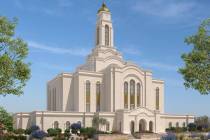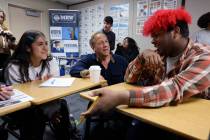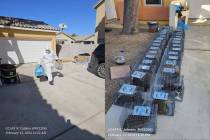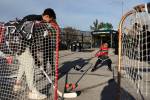How a disappointing trip to the library led to Nevada’s first African American museum


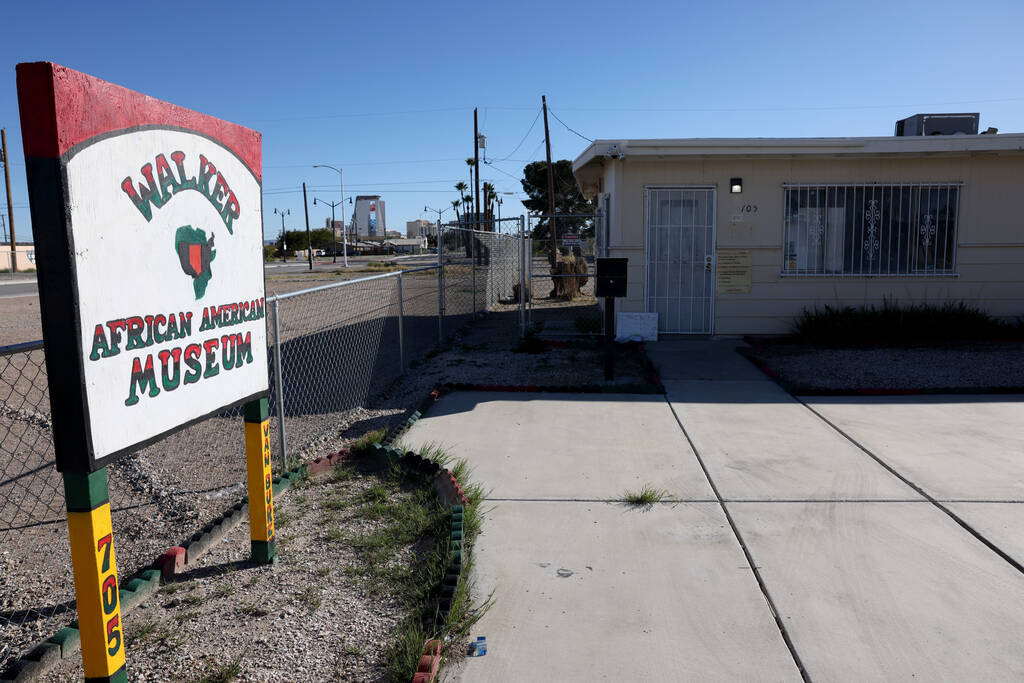
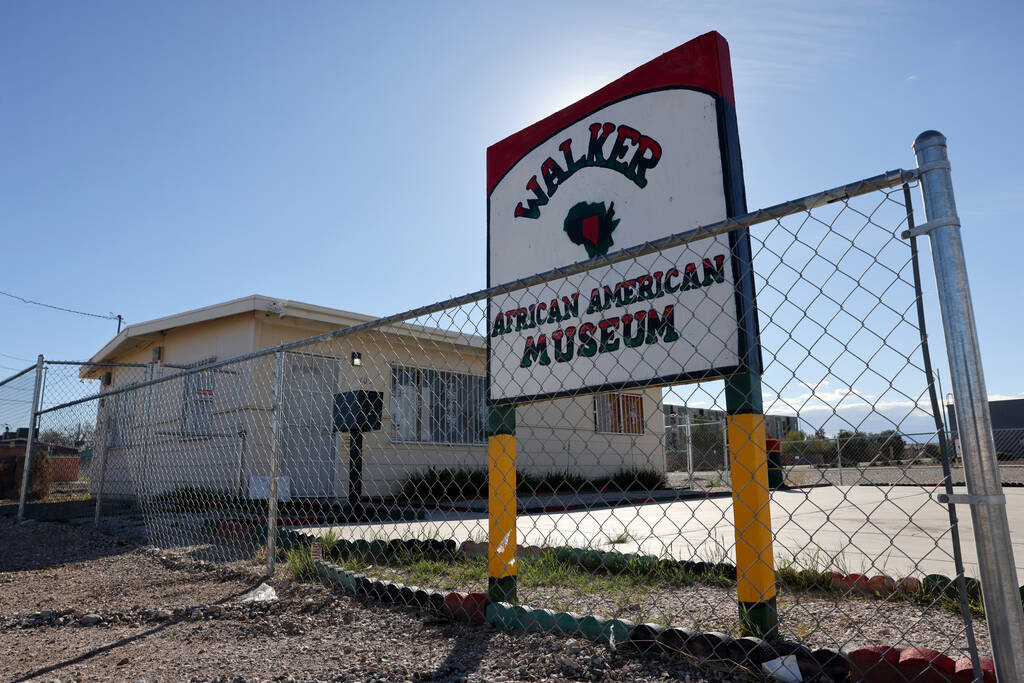
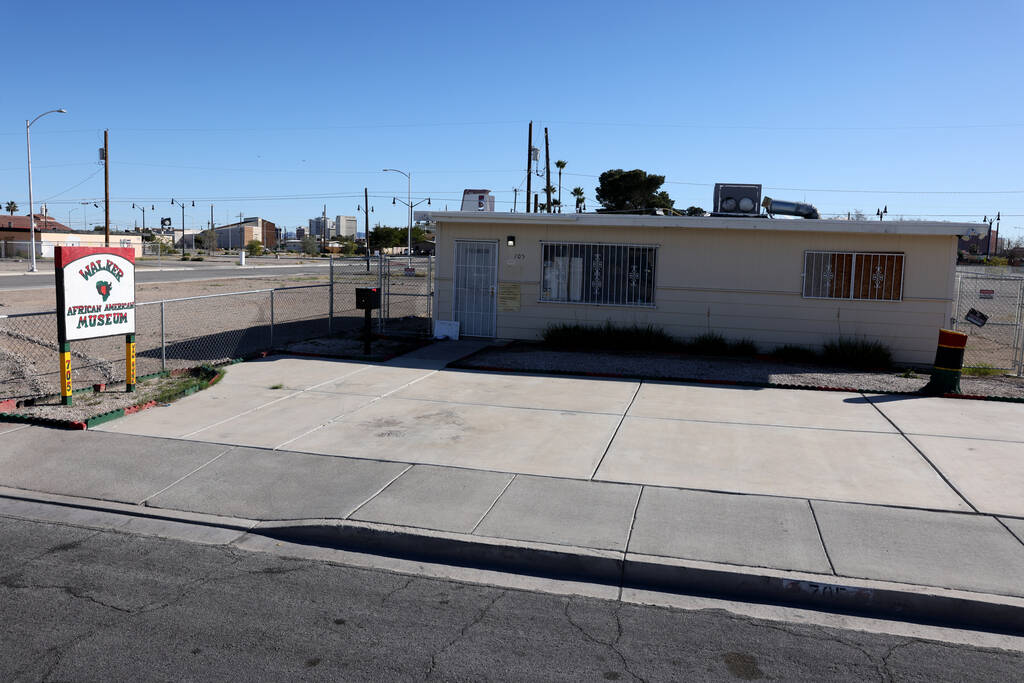


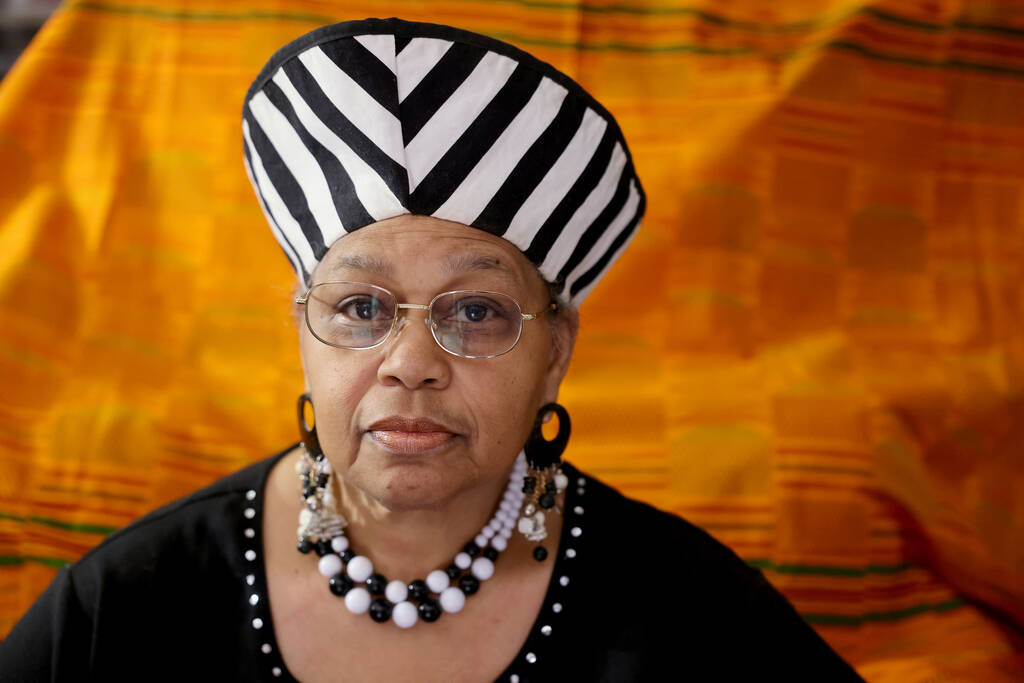
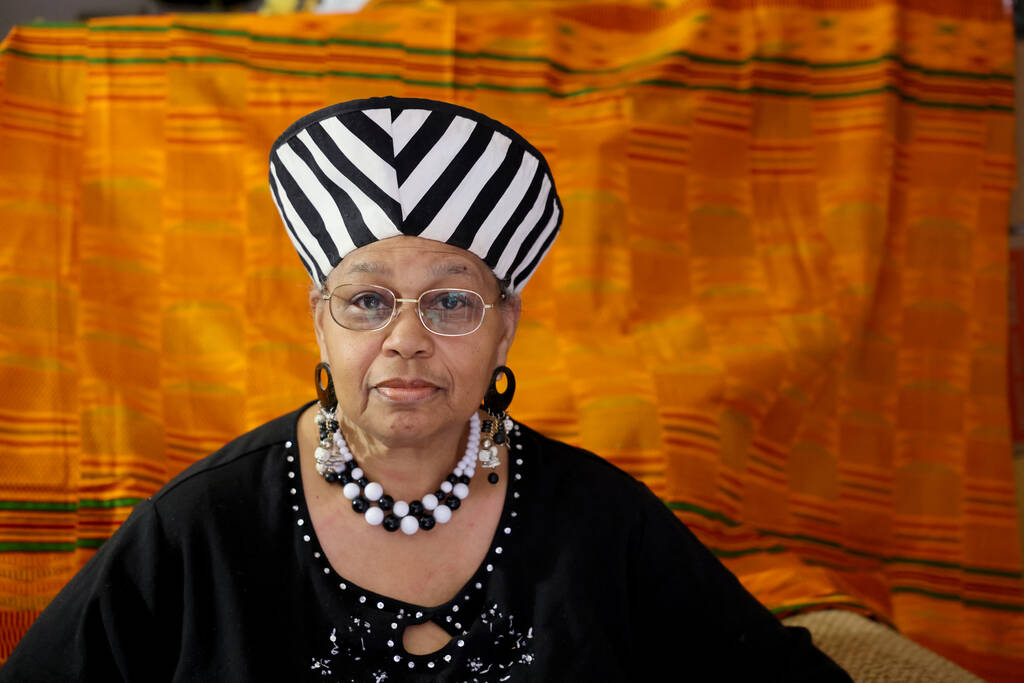

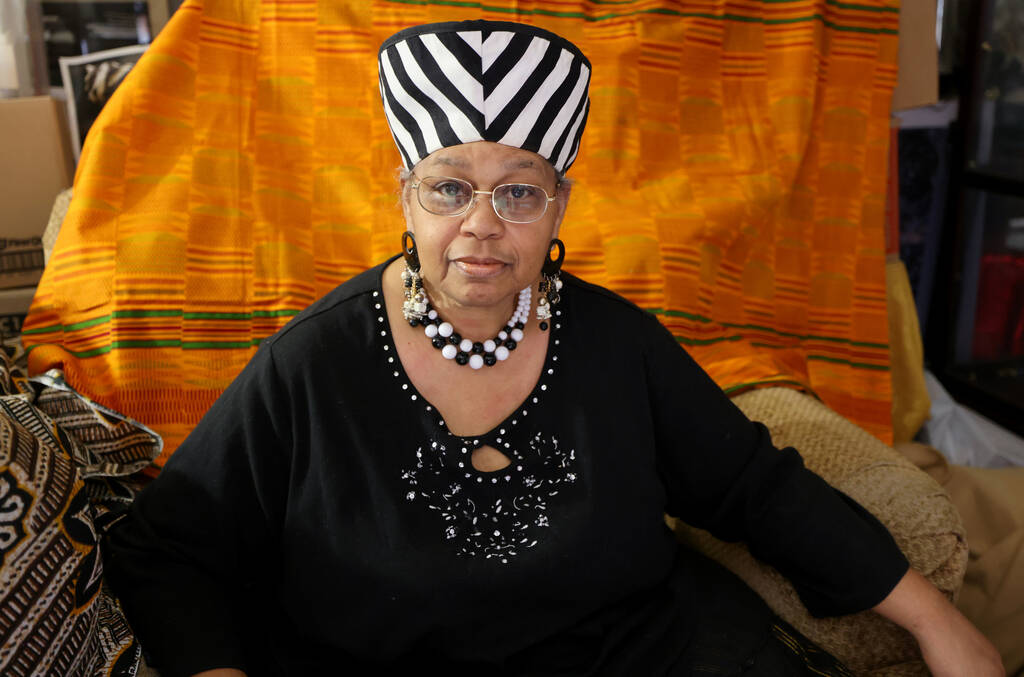


Gwen Walker’s five-decade old mission to preserve and teach Black history was born out of a discouraging visit to the library.
She recalled being assigned a middle school book report, but that the only literature she found on the topic was “a little bit on George Washington Carver and a little bit on slavery,” the longtime historian said in a recent interview.
It wasn’t long before her mother told her, “We’ll fix that,” and ordered Walker her first set of “Negro Heritage” encyclopedias.
“I was really able to learn about our contributions throughout the world,” Walker said. “I just got infatuated with it, learning the history and our greatness that I had not learned in school.”
The North Las Vegas resident would eventually open the Walker African-American Museum & Research Center smack dab in the middle of the Historic Westside.
The first African American museum in Nevada has operated since 1996. It’s undergoing renovations, but Walker expects it to reopen in the coming months.
For more than 50 years, Walker has collected tens of thousands of Black history-related artifacts, including magazines, books, dolls, postage stamps, figurines, clothes and “anything for us, about us, and by us,” she said. “Anything that has a Black face on it, I collect.”
Other historic items for the rolling exhibits have been donated.
Walker said her calling to educate the public about her heritage remains pertinent today.
“Once we know about each other,” she said, “then we have a tendency to not fear each other, because people fear the unknown, and that’s where all your conflict comes from.”
Proud daughter
Walker’s Las Vegas history began in the early 1960s when she and her mother moved from Texas in search for a better life.
Her mother quickly realized that her first job here — cleaning rooms at the old Sahara Hotel — was not the answer. The elder woman went on to enroll in nursing school and instilled in her daughter the desire for a brighter future.
Walker was 13 when her mother reinforced the lesson. The girl, wanting to buy a pair of popular shoes, had lied about her age to get a job in linen services — and did so without her mother’s permission.
When she told her mother about the job, she was forced to work the entire summer, and she was forbidden from buying the shoes.
Walker graduated from Clark High School, and then studied criminal justice at UNLV.
In the 1980s, mother and daughter became entrepreneurs, opening a gift shop together at the Las Vegas international airport, “Nika’s Gifts.”
“We are like two peas in a pod,” said Walker about her now-90-year-old mother. “If you see her, you see me.”
Historian
Throughout this time, Walker became a licensed manicurist and would show up to public functions towing a suitcase with her historic artifacts. She taught at schools, churches and to park rangers at Lake Mead National Recreation Area.
While working at a telephone company, Walker led its Black history efforts.
One of her nail clients, a teacher to whose class Walker had given a presentation, planted the seed that she should find a place to showcase her growing collection.
On the weekends, she would visit antique stores, thrift shops, yard sales and bookstores in search for “anything that had us.”
Committed to opening a location in the Historic Westside, Walker asked God for direction.
Many nights, she would wake up in the middle of the night to drive around the desolated neighborhood.
And many nights, that journey led her to 705 W. Van Buren Ave., then a “boarded-up crack house,” she said.
She said she would argue with God, asking, “Why here?”
“And every time,” she said, “I would be led back right there.”
She tracked down the property manager and found out that the homeowner didn’t remember owning the 1,000-square foot house.
She offered to buy it, telling the seller she could put down a $250 down payment and another $250 two weeks later.
In 1991, he agreed to sell it for $10,000. The owner of the adjacent parcel then sold her land to Walker for $7,000 a year later.
Walker and her mother relocated their gift shop there, renaming it “Nika’s Afrocentric Gifts & Collectibles.”
The business was most busy around Black History Month, Walker said.
“After February,” she said, “everybody forgot that they were Black.”
Walker implemented the museum and research room in 1996.
“We try to teach that we’re Black 365 days of the year,” she said.
Walker’s collection showcases America’s positive but also ugly history.
“We must remember,” she said. “If we don’t remember, our past it’s bound to repeat itself.”
She said that while racial relations have improved over the years, more progress is needed.
“This is home, the United States is where I was born — the best country in the world as far as our freedoms,” she said. “Even though we’re not all the way free — if one is not free than none of us are really free — we’ve improved, and we’ve come a long way.”
Third generation of Black excellence
Nika Ayanna Sewell, 29, describes her mother as loving, caring and empowering.
“She’s always been supportive, no matter what I was doing, what I wanted to do,” Sewell said about Walker. “She was always showing up for me.”
It was Sewell who noted that her mother was also a long-time substitute teacher for underserved K-12 schools, where she would refer to the children as Black queens and kings.
For her part, Sewell recalled singing the “Negro National Anthem” as a toddler and performing with an African dance group her grandmother instructed at Walker’s Black history-related events.
Walker taught her “to never give up” and the mantra: “Learn something. Pass it on.”
Walker inspired her daughter to attend the prestigious Howard University, where Sewell earned a bachelor’s in biology and a minor in chemistry. She’s studying in a master’s program in public and global health with the goal of eventually becoming an OB/GYN.
Walker was a foster parent for four years, something Sewell is also doing now.
“It’s a sight to see,” Sewell said about her mother’s historic collection. “It’s amazing to see how it’s grown and developed over time.”
Museum’s future
Walker would like to expand the museum into a 10,000-square-foot space, preferably at the same location.
The city of Las Vegas initially included Walker’s museum in the “Hundred Plan,” a redevelopment project for the Historic Westside.
City officials, however, announced a new master plan for the “African American Museum and Cultural Arts Center” in the area, excluding Walker’s museum and her input, she said.
Walker sees no room for two of the same museums for such a small city located within a relatively young state.
“We’ll see what God says,” Walker said. “He’s the author for everything.”
Either way, she said the Walker African-American Museum & Research Center will live on for years to come.
“We will exist as long as I have breath in my body,” Walker said.
Contact Ricardo Torres-Cortez at rtorres@reviewjournal.com.









